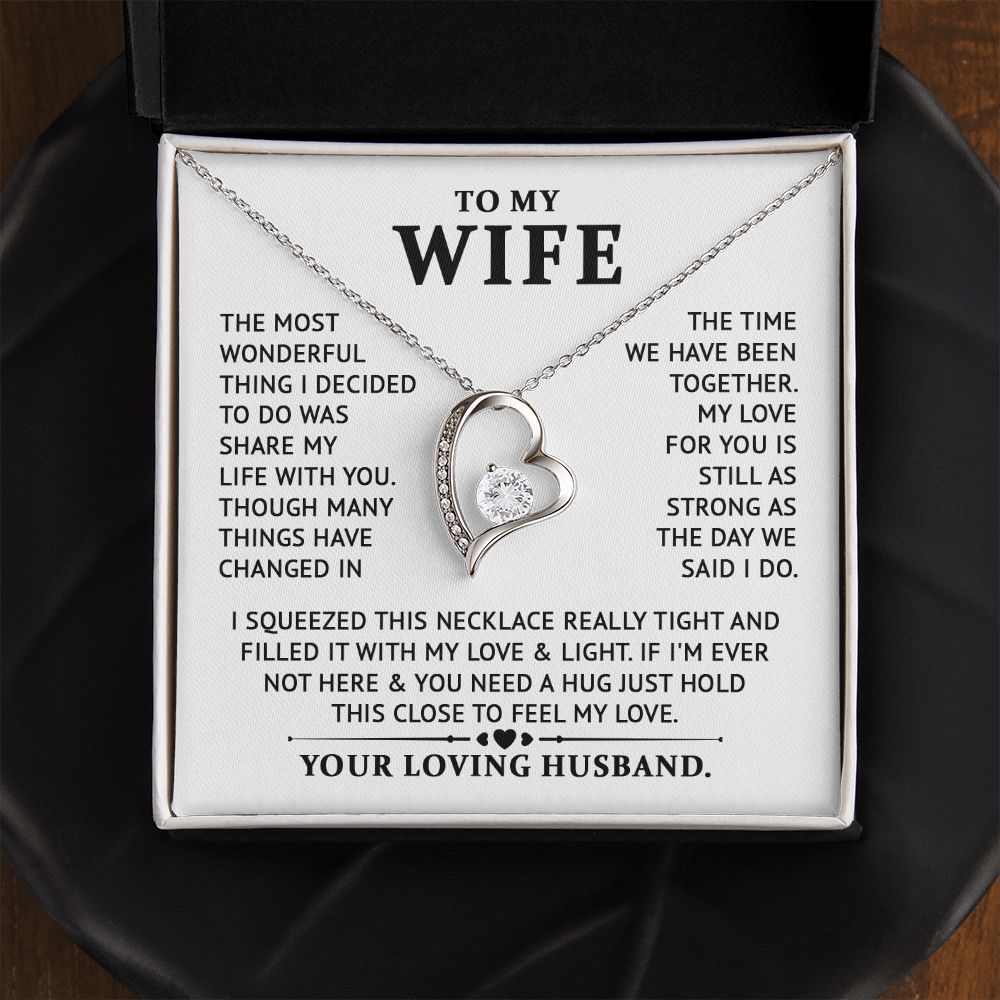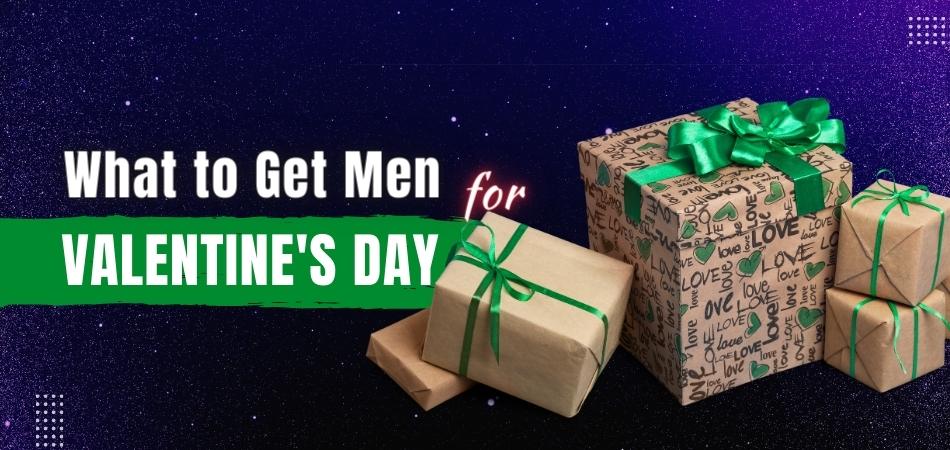Why Does My Necklace Keeps Twisting?
If you've ever wondered why your necklace keeps twisting, you're not alone. It's a common problem that can be frustrating to deal with.
If you've ever noticed your necklace twisting and turning, it's likely because of the weight of the pendant. The pendant is the heaviest part of the necklace and will naturally fall to the bottom. This can cause the necklace to twist and turn, especially if you're wearing it over a shirt or sweater.
To avoid this, try wearing your necklace on a bare neck or inside a collar. You can also try using a heavier chain to help keep the pendant in place.
Double Chain Necklace Keeps Twisting: What to Do?
If you're like me, you love wearing dainty necklaces. They add the perfect touch to any outfit and can make even the most basic look feel special.
But there's one major downside to these pretty pieces: they have a tendency to twist and turn, no matter how often you adjust them.

It's so frustrating! Luckily, there's an easy fix for this problem. All you need is a double chain necklace!
A double chain necklace consists of two thin chains that are connected at the clasp. This design helps to keep the necklace from twisting, because each chain counteracts the other. No more frustration!
If you're looking for a beautiful and functional necklace, go for a double chain style. It will become your new favorite accessory in no time!
How to Stop Necklace Clasp from Moving to the Front?
Do you have a necklace that always seems to move around to the front? It can be annoying having to constantly adjust your necklace, and it can also be difficult to find a clasp that stays in place.
Here are some tips on how to keep your necklace clasp from moving:
- Try using a thicker chain. A thicker chain will be less likely to twist and turn, and will therefore stay in place better than a thinner chain.
- If you're using a lobster claw clasp, make sure that it is fastened tightly. Sometimes the claws can loosen over time, so it's important to check them periodically.
- Make sure your necklace is the right length. If it's too long, it will be more likely to twist and turn. The ideal length for most necklaces is 18 inches.
- Store your necklace properly when you're not wearing it. Avoid putting it in a jewelry box where it can become tangled with other pieces of jewelry.
How to Make Necklace Lay Flat?
The first technique is to use heavier gauge wire for your necklace. This will help to weight down the piece and keep it from flipping up. If you're using thinner wire, you can also try doubling up the wire or using two strands of wire instead of one.
This will add more stability to the piece and help it lay flat. Another option is to use jump rings to attach your focal point to the rest of your necklace. This way, the focal point will hang down and help keep the rest of the necklace in place.
You can also add dangles or charms to your jump rings before attaching them to the rest of your necklace. This will add weight and help keep your whole piece from flipping up.
Finally, you can try using heavy-duty jewelry clasps or toggle clasps instead of traditional lobster claw clasps.
How Do I Stop My Necklace Chain from Twisting?
If you're finding that your necklace chain is constantly twisting, there are a few things that you can do to help stop this from happening.
First, try to avoid necklaces that have very thin chains as these are more likely to twist. If you already have a necklace with a thin chain, be extra careful when putting it on and taking it off so that you don't put any unnecessary stress on the chain.

You might also want to try using a clasp that has rounded edges rather than sharp ones as this can help prevent the chain from getting caught and twisted.
Finally, make sure you're storing your necklace in a safe place where it won't become tangled a jewelry box with compartments or individual hooks are both good options.
How Do You Keep Metal Chain from Twisting?
If you're working with a metal chain, it's important to keep it from twisting. Here are a few tips: - Use two pairs of pliers when joining links together.
This will help keep the links aligned and prevent them from twisting.
When cutting the chain, use a rotary tool with a cutoff wheel. This will give you a clean cut and help prevent the link from distorting.
Avoid using hammers or other blunt objects to work with the chain. These can cause the links to distort and twist.
How Do You Keep Silver Chain from Twisting?
Any good jeweller will tell you that one of the most important things you can do to care for your silver is to keep it clean. Silver is a soft metal, and over time it can become scratched and dull.
A build-up of dirt and sweat can also cause the silver to tarnish. The best way to clean silver is with a mild detergent and water. You can also use a commercial silver cleaner, but be sure to follow the instructions carefully. Once the silver is clean, dry it thoroughly with a soft cloth.
To prevent the silver from twisting, it's important to store it properly. The best way to do this is in an airtight container, such as a zip-top bag or a jewellery box lined with soft fabric. If you're going to be storing the silver jewelry for an extended period of time, you can also add a sachet of silica gel packets to absorb moisture.
Lastly, avoid exposing the silver to perfumes, chemicals, or other harsh substances that could damage the finish. With proper care, your silver will stay beautiful for many years to come.
Why Does My Necklace Keep Flipping?
If you've ever worn a necklace, you know that the pendant can sometimes flip around so that the back is facing out. This can be annoying, but there are a few reasons why it happens. First, let's take a look at how necklaces are made.
Most necklaces have a clasp that holds the two ends of the chain together. The clasp is usually located at the back of your neck. The pendant hangs down from one end of the chain, and the other end is looped through the clasp to secure it.
Now that we understand how necklaces are put together, let's talk about why they sometimes flip around. One reason is because of gravity. If the pendant is heavy, it will naturally want to fall down.
That's why some people wear their necklaces with the pendant pointing up - so it won't fall down and flip over. Another reason why necklaces flip is because of movement. If you're moving around a lot, or if you're wearing something like a scarf that rubs against your necklace, it can cause the pendant to flip over.
Finally, some necklaces just don't lay flat against your skin. They might have an odd-shaped pendant or be made from a material that doesn't lie flat (like leather). If this is the case, there's not much you can do except try to adjust how you're wearing it or find a different necklace altogether!
Conclusion
If you've ever wondered why your necklace keeps twisting, you're not alone. It's a common problem that can be frustrating, but there are a few things you can do to fix it.First, take a look at the clasp. If the clasp is loose, it's probably causing the necklace to twist.
Try tightening the clasp or replacing it with a new one. If that doesn't work, try adding an extender to the necklace. This will give the necklace some extra length and help keep it from twisting.
Finally, if all else fails, try using clear nail polish to secure the ends of the necklace. This will keep it from slipping and sliding around so much.























